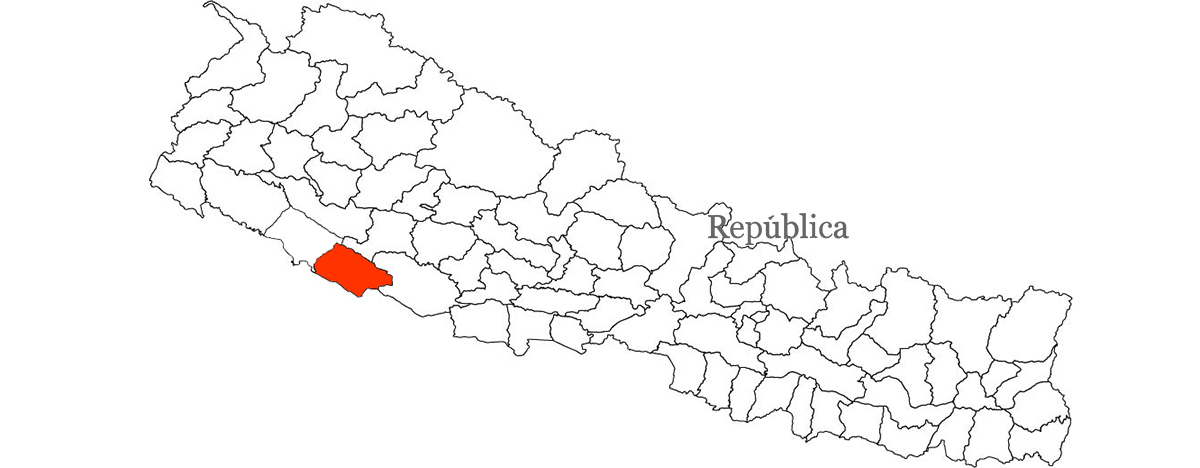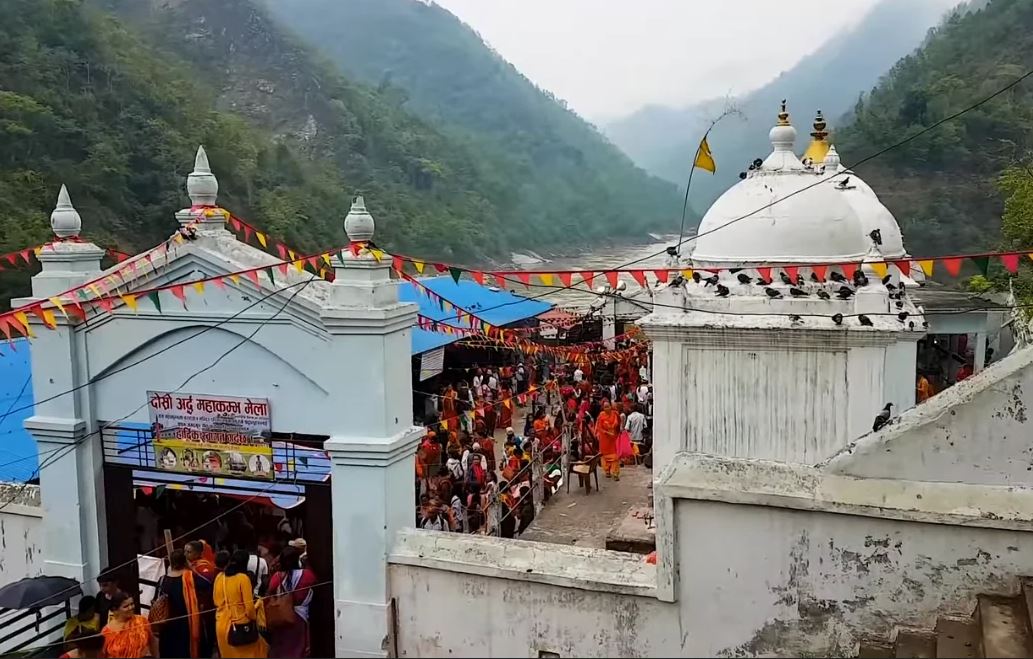
OR
Tackling climate change
Even though more than half the people in Nepal have not heard of climate change, there has in fact been a drastic change in weather patterns in the country. For instance, according to a recent Central Bureau of Statistics survey, conducted across all three of the country’s ecological zones, nine out of ten households reported witnessing a progressively weaker monsoon over a period of 25 years. A full 89 percent reported an increase in temperatures while 99.33 percent observed more droughts. The vast majority of households also reported they had to make do with far less potable water. But people are also finding ways to cope. To deal with these changes, most households reported using more chemical fertilizers (to resist the growing volume of insects), investing in inoculation of their livestock against various diseases and using improved crop varieties that were able to better withstand a sudden change in climate. Likewise, most households (76.64 percent households) were forced to change their consumption patterns; most of them also reported being involved in road improvement (79.86 percent) and in community-based resource management (56.72 percent)—all to adapt to the drastic changes being witnessed all around them.
But even while Nepal has to deal with these dire consequences of climate change, the country can do little to mitigate it. The real culprits are big countries like the US, China and India that emit the highest volumes of the climate-warming greenhouse gases (GHGs). Bangladesh and the Maldives now face an existential crisis. As sea levels continue to rise, largely thanks to global warming, both these countries could find themselves underwater by the end of this century. Even in other SAARC countries, including India, climate change is wreaking havoc. Alternating floods and droughts have become routine occurrences all over Pakistan; the same with Afghanistan. Just as in Nepal, climate change-induced disasters are taking a heavy toll on Sri Lankan farmers, who either have to confront parched fields or see their paddies completely submerged in sudden flooding. Even the tranquil Bhutan is witnessing severe disruptions in its water supplies and disturbing changes in its otherwise pristine ecosystems. India itself faces an acute shortage of drinking water, particularly around the Ganges basin with high population concentration.
Given that the whole region is suffering, it makes sense for SAARC countries to come together to collectively tackle the risks associated with climate change. For instance, in the days ahead, the number of ‘climate refugees’ in South Asia is expected to explode, for instance millions of Bangladeshis who find their lands inundated by rising sea levels could try to make their way into India. There is also a lot of cross-border movement of people during the monsoon months in case of Nepal and India. So it makes sense for them to cooperate. The countries in the region could also benefit more by presenting a collective South Asian front in international climate negotiations. Divided, these countries on their own, perhaps bar India, have little negotiating clout. Just like our histories and cultures, South Asia’s waterways are also linked, and so are climate-related risks. It is a tragedy that these eight countries cannot find a way to work together on what is a life-and-death issue for hundreds of millions South Asians.
You May Like This

Province govts divided over insurgency-era land deals
DANG/ RUKUM, April 13: At a time when the CPN (Maoist Center) is pressing to legalize decisions taken by the 'people's government'... Read More...

KU committee divided over VC appointment
KATHMANDU, Dec 15: A committee assigned to appoint the vice chancellor at Kathmandu University (KU) is divided in two groups, wrangling... Read More...

Big and small parties sharply divided over vote threshold
KATHMANDU, Nov 26: Lawmakers from big and fringe political parties have stood sharply divided over whether or not to include the... Read More...






Just In
- 265 cottage and small industries shut down in Banke
- NEPSE lost 53.16 points, while investors lost Rs 85 billion from shares trading last week
- Rainbow tourism int'l conference kicks off
- Over 200,000 devotees throng Maha Kumbha Mela at Barahakshetra
- Indians vote in the first phase of the world’s largest election as Modi seeks a third term
- Kushal Dixit selected for London Marathon
- Nepal faces Hong Kong today for ACC Emerging Teams Asia Cup
- 286 new industries registered in Nepal in first nine months of current FY, attracting Rs 165 billion investment





_20220508065243.jpg)






Leave A Comment